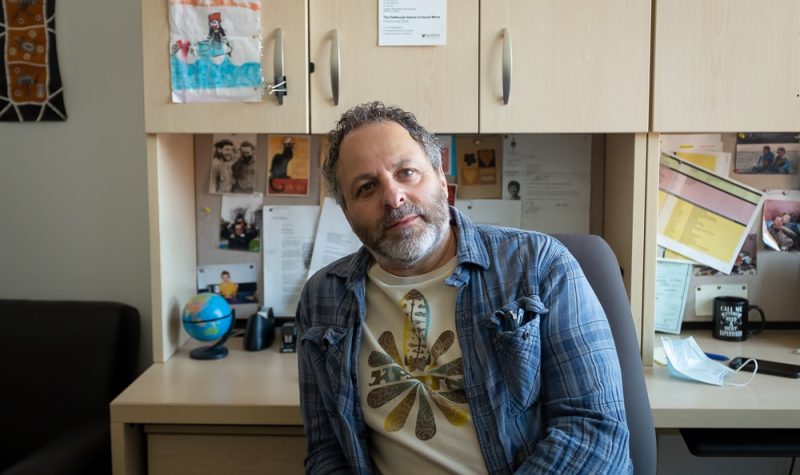A Dalhousie University professor with over 30 years of social work experience explained his “mixed feelings” regarding a Halifax council staff report, which endorses designating certain outdoor areas for sheltering.
People experiencing homelessness would be able to shelter in around 16 possible park spaces, according to the 24-page report.
However, only five out of the eleven spaces allow overnight stays, whereas the other 11 are only temporary, from 8 p.m. to 8 a.m.
Dalhousie University professor Jeff Karabanow says that exploring the best way for people to sleep outside instead of mobilizing any resources towards affordable housing may not be the best option.
“If we’re scripting new bylaws to let people sleep outside, why don’t we find interim styles of support rather than that, it’s not a dignified way to support people who are suffering right now.”
Understanding that affordable housing is difficult during these times, Karabanow said that he has been advocating for years about using old buildings, and places that used to house employees for companies that are now sitting empty.
“There are a lot of available spaces that are empty right now, that we can pivot to develop into some form of housing, that would be a better option than figuring out which park to set up a tent.”
He went on to say that a possible long-term solution is the conversion of older motels into some form of sustainable housing since this model worked well during COVID-19.
“The North End community clinic is working with an old motel to convert it into a harm reduction, peer-oriented supportive housing complex which is going to house around 60 folks.”
Karabanow agreed another good initiative is the new modular units built in Halifax and Dartmouth, as they provide more wrap-around support and dignified space for people as opposed to a shelter.

Karabanow says modular homes provide more wrap-around support and dignified space for people as opposed to a shelter. Photo by Kheaven Brasier.
To explain some of the misunderstandings and misconceptions behind homelessness, Karabanow has been involved in creating animated clips as a way to synthesize the public to a deeper and more robust understanding of homelessness.
The animated short clips explore different homeless sectors in Nova Scotia’s communities and are narrated by Karabanow.
Although there has been a lack of investment in the past 30 years when it comes to affordable housing, Karabanow said the community now has a better understanding of homelessness because of current problems in affordable housing and more awareness regarding mental health issues.
Discussing systemic and structural barriers
According to the Housing Association of Nova Scotia, 570 people were identified as homeless in HRM since the beginning of May.
Why does homelessness generate some debates? Karabanow explained one of the reasons for that is due to a variety of emotions.
The first emotion is a sense of empathy and sadness that they do not have the same support as others.
“Also fear of the unknown, particular possible violent interaction and a lot of uncomfortableness because we feel shame when some people are suffering when others aren't.”
However, he explained that over the past few years a deeper empathy and advocacy emerged because there has been a deeper understanding of some of the systemic and structural barriers.
“We now have a better understanding of what it's like to deal with affordable housing, mental health issues, food insecurity, and how difficult it is to find employment when you’re suffering.”
Some of the structural barriers Karabanow explained include poverty, harsh treatments of the child welfare systems, income assistance, and systemic barriers such as race gender dynamics, sexual orientation, and dealing with intergenerational trauma.
Over 40 per cent of the homeless population come from Afrikan Nova Scotian Indigenous Communities, while they represent only 1 per cent of the entire Nova Scotian population.
These are some of the structural dynamics that he said played an ideological role in why some people are homeless.
In comparison to the past, he added there has been more compassion-focused intervention as more resources have been set up, more shelters, and more band-aid approaches which are important for crises.
“For the first time in Nova Scotia, we have all levels of government talking about different initiatives and approaches in an attempt to reduce the number of people on the streets.”
Sara Gouda interviews Dr. Jeff Karabanow to discuss sustainable homelessness strategies and misconceptions on the topic:


